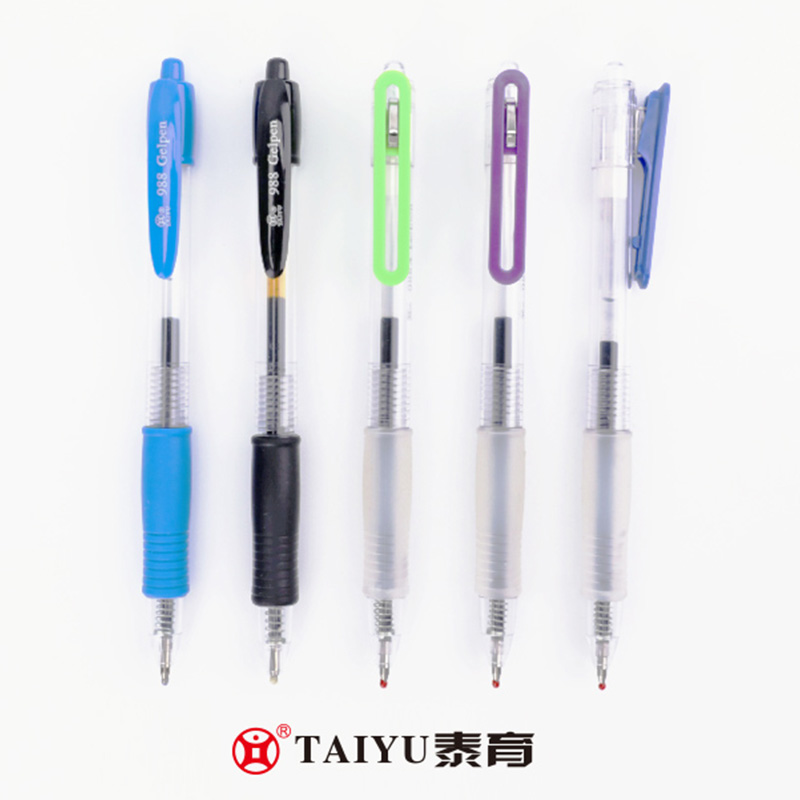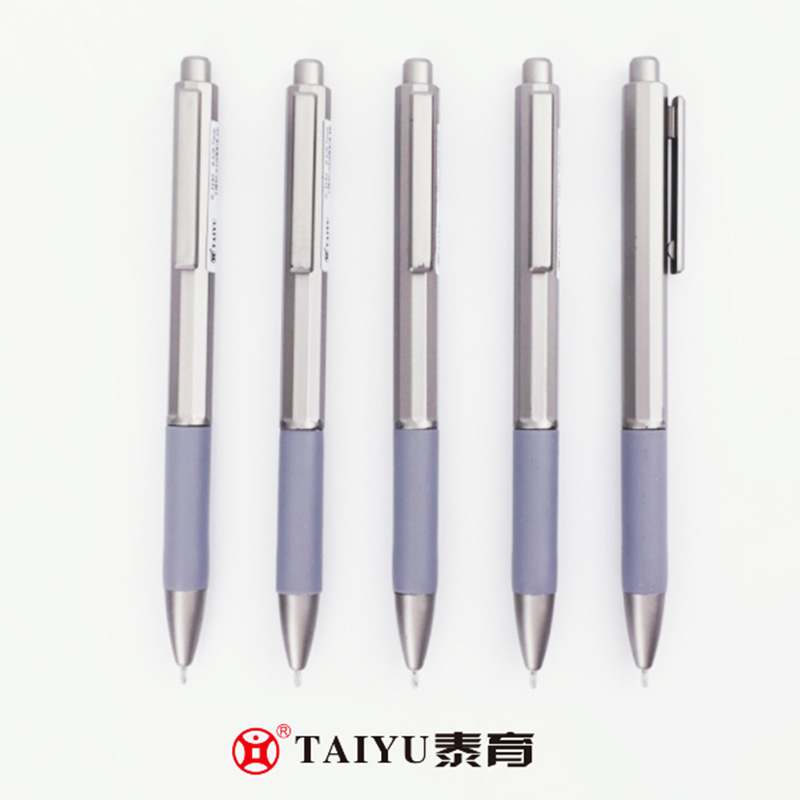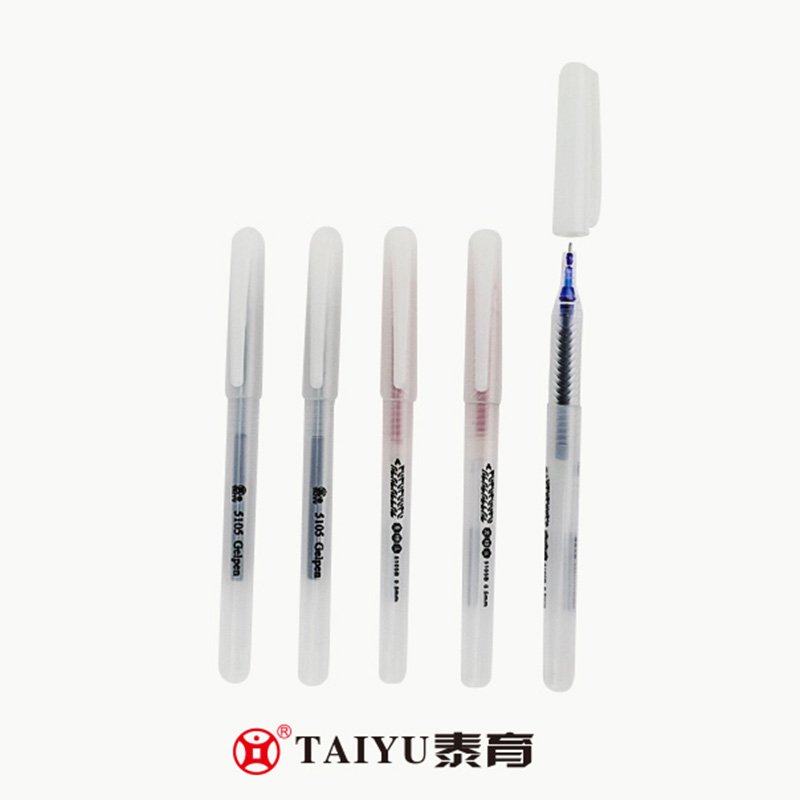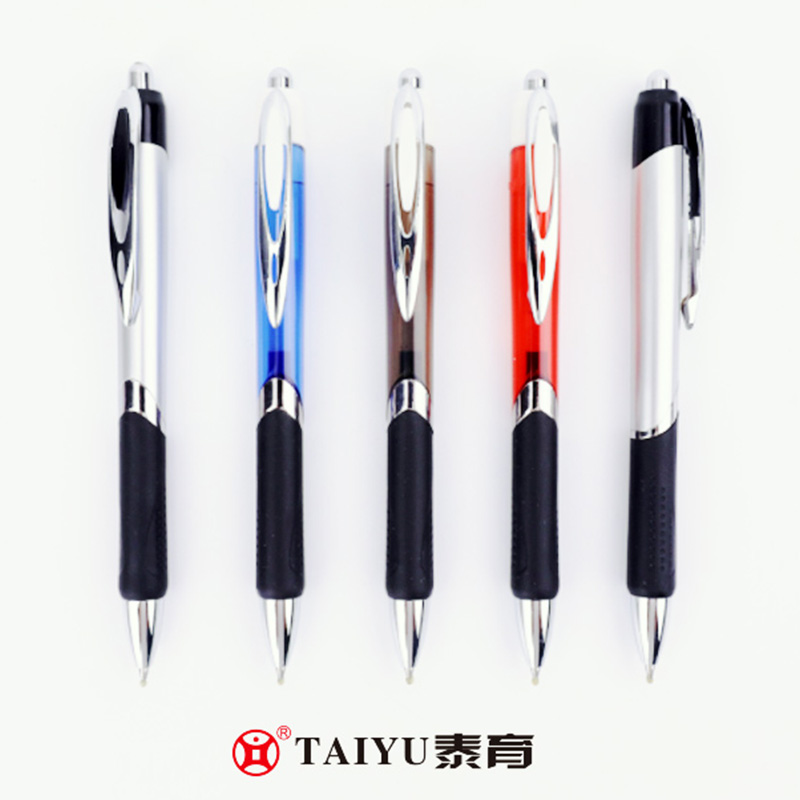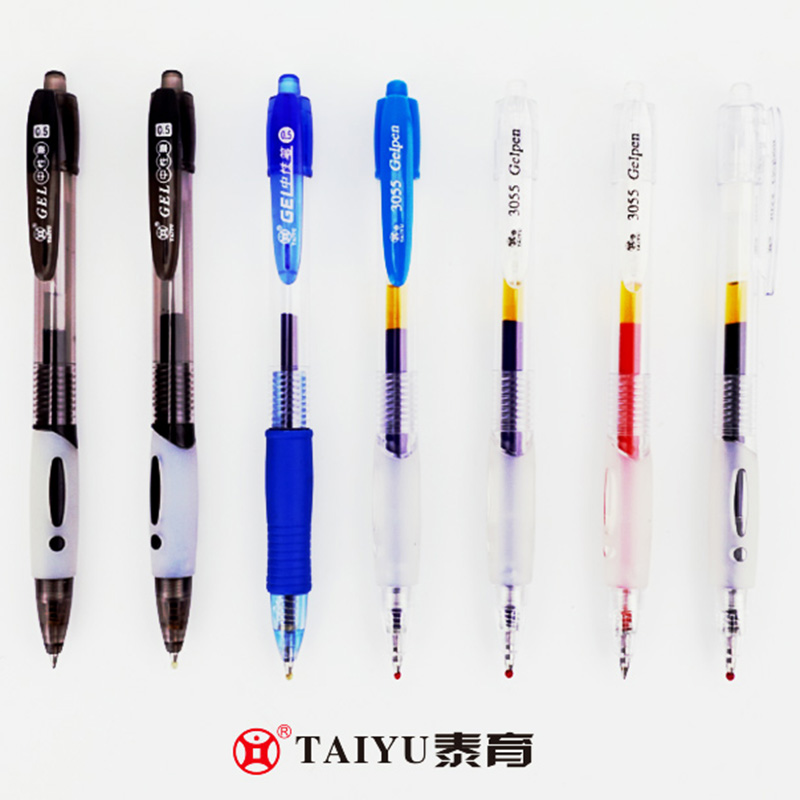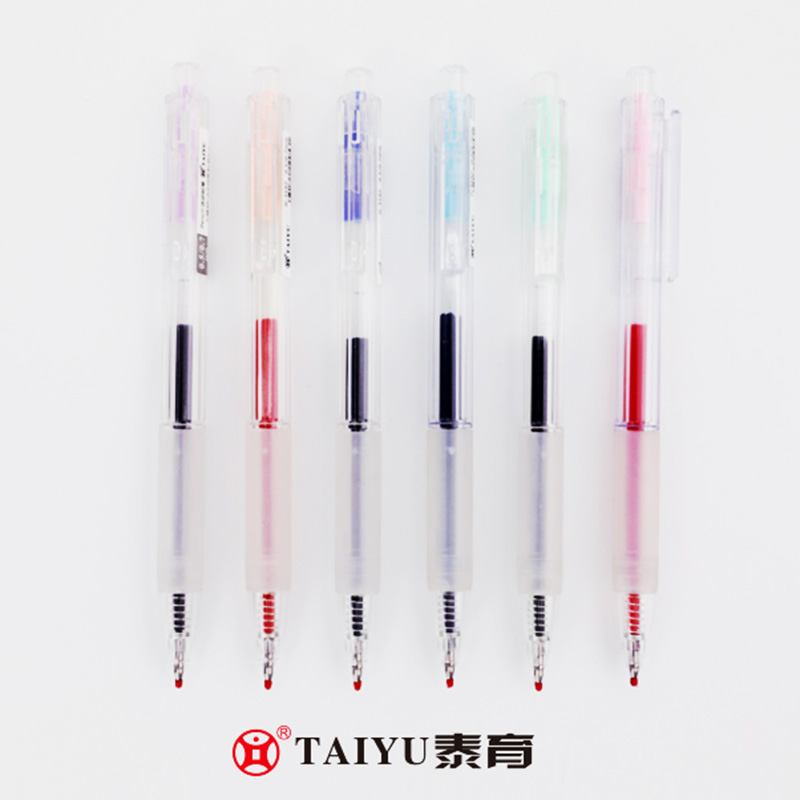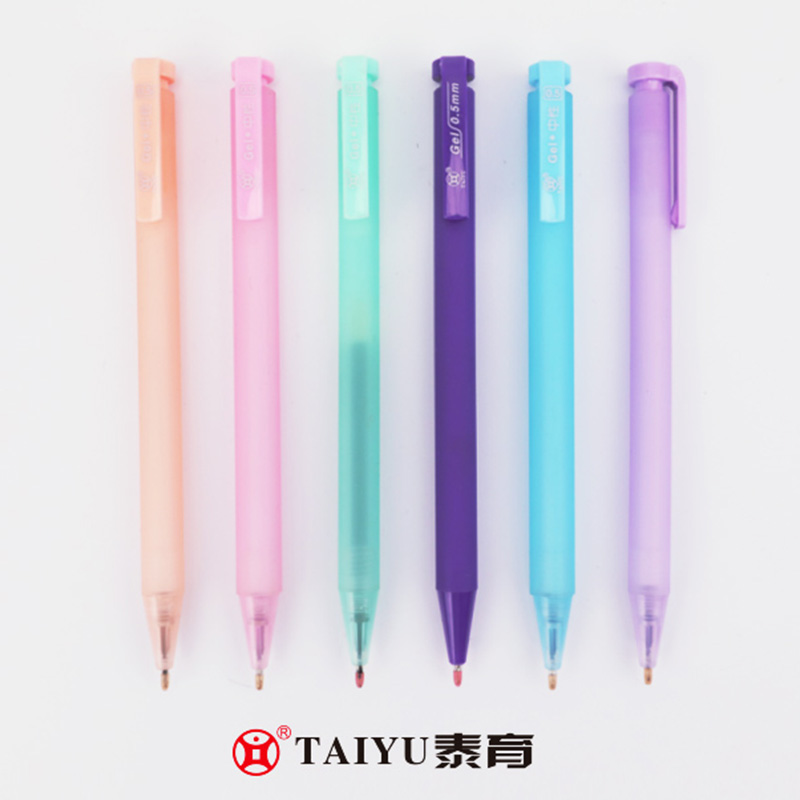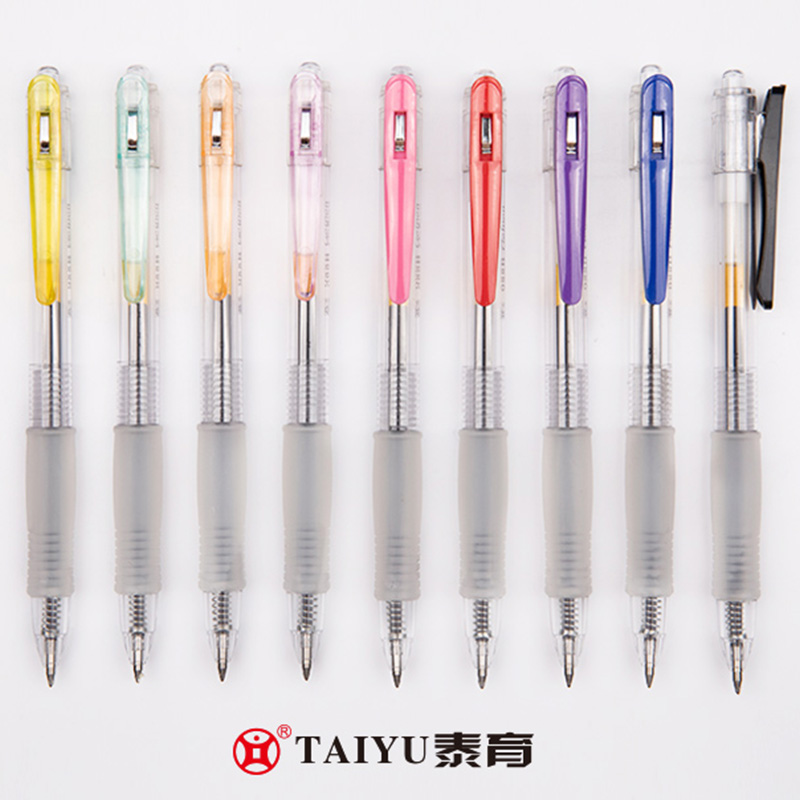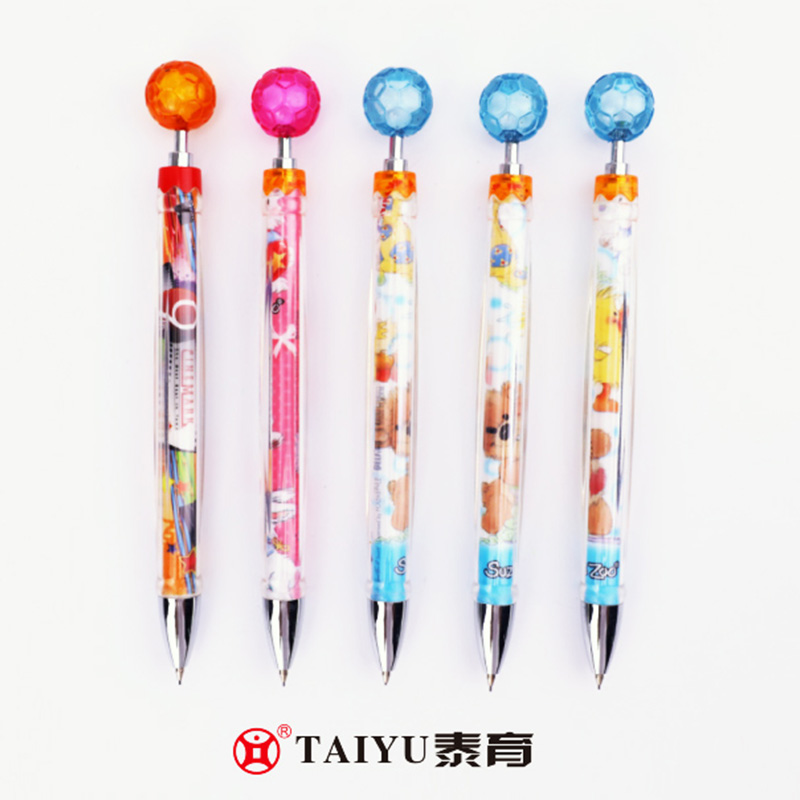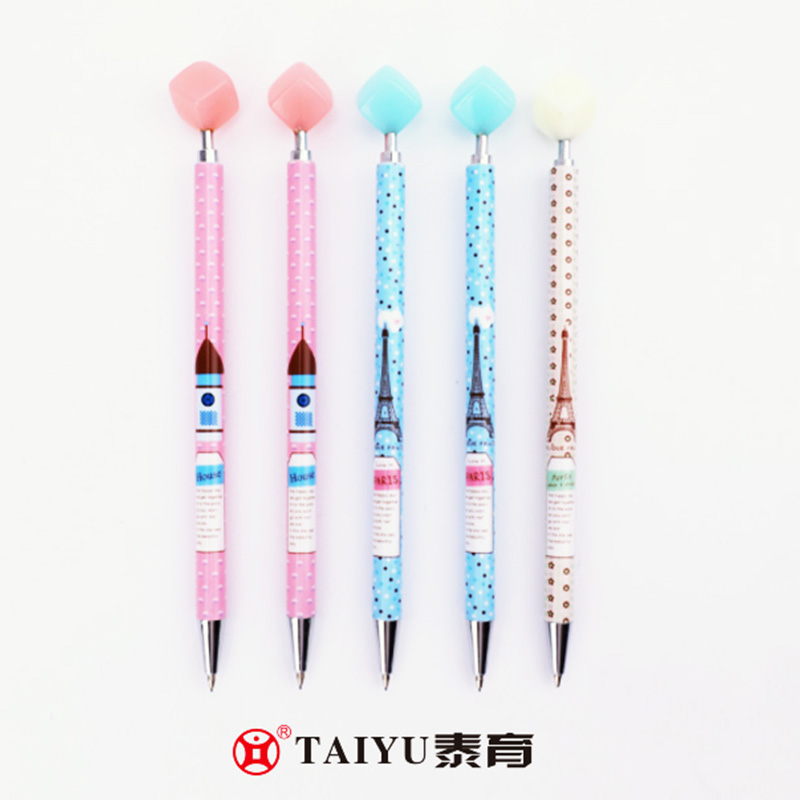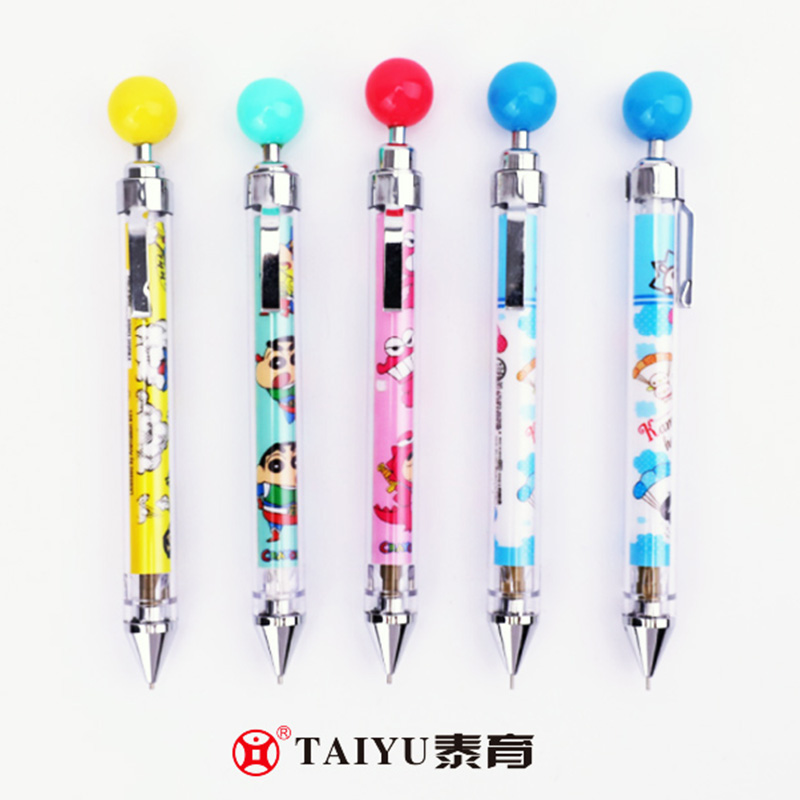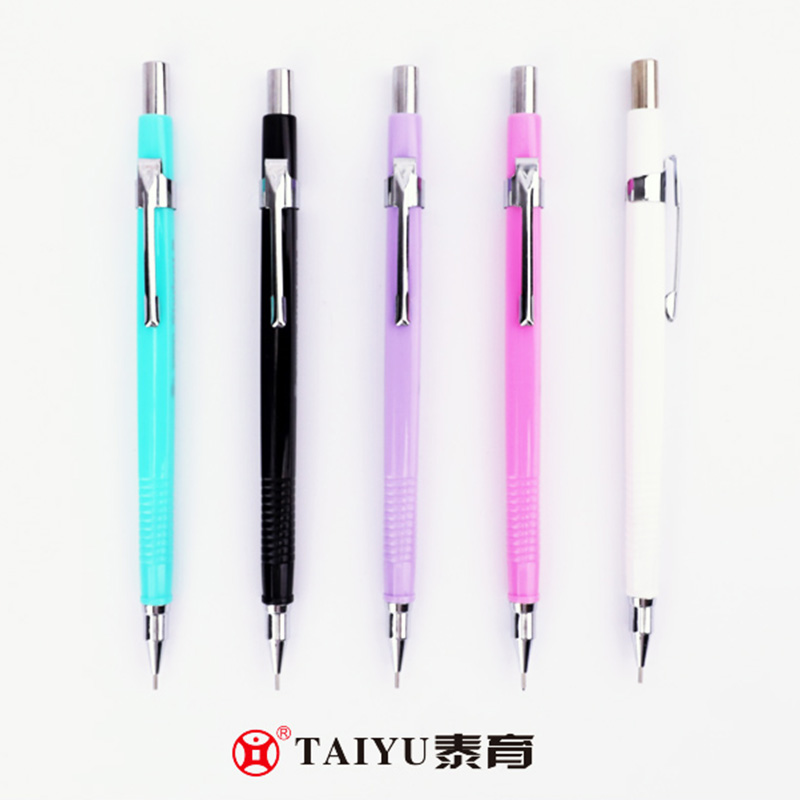How to Use a Gel Pen?
Gel pens, with their smooth writing, vibrant colors, and wide applicability, have become an indispensable stationery item for our daily work and study. Whether you're a student or an office worker, mastering the proper use and care of a gel pen can significantly enhance your writing experience and extend its lifespan.
Content
Why Choose a Gel Pen?
Gel pens (sometimes also called gel pens or rollerball pens) use a special formula that's a cross between oil-based and water-based inks. This ink combines the smoothness of water-based ink with the waterproof and quick-drying properties of oil-based ink.
- Smooth Writing: The unique ink formula ensures a stable and smooth ink flow, ensuring smooth writing.
- Clarity: Rich, even ink color ensures clear, legible handwriting.
- Wide Application: Suitable for a variety of situations, including daily note-taking, document signing, and sketching.
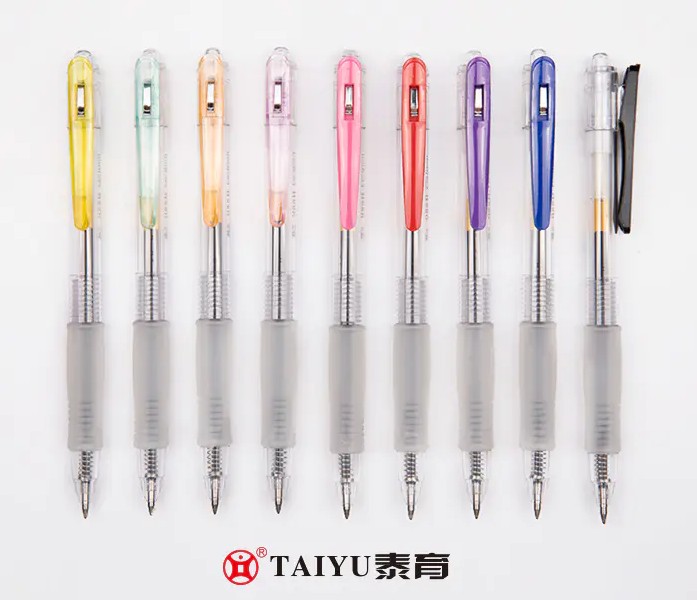
Key Tips for Proper Gel Pen Use
Proper use is essential for ensuring optimal performance from a gel pen.
- Maintain a correct grip: Use a three-finger grip with moderate pressure. This ensures even pressure on the pen tip, reduces ink flow interruptions, and effectively relieves hand fatigue caused by prolonged writing.
- Writing Angle: Avoid holding the pen tip perpendicular to the paper. A slight tilt (approximately 45°–60°) allows the nib's ball to rotate more freely, ensuring smoother ink flow.
- Avoid excessive pressure: Excessive pressure can damage the nib's ball, causing uneven ink flow, and even scratch the paper, affecting the appearance of your handwriting.
- Use the correct ink or refill: If your gel pen is refillable, be sure to use genuine or reputable compatible refills. Refills and pen cases of different brands or models may not fit together, affecting the user experience.
Daily Care and Maintenance of Gel Pens
Good maintenance habits will keep your gel pen looking like new for a long time.
- Recap the pen promptly: Although gel pen ink flows well, it can still dry out when exposed to air. When not in use, immediately replace the cap to prevent the nib from clogging or ink evaporation.
- Storage: Store gel pens in a cool, dry place, away from direct sunlight and high temperatures, as these can cause the ink to deteriorate or leak.
- Cleaning the Nib: If your gel pen experiences difficulty in ink flow, it may be due to accumulated dirt. Try briefly soaking the nib (only the nib) in warm water or gently wiping the rollerball with a soft cloth to remove any clogs.
- Avoid Dropping: The nib of a gel pen is a delicate component. Drops or impacts can cause the rollerball or barrel to deform, leading to ink breakage or leakage.
Mastering the art of gel pen use will not only make your writing smoother and more enjoyable, but also maximize the durability of your gel pen. Choosing a high-quality gel pen, combined with proper writing habits and daily care, will ensure your stationery provides long-lasting, reliable service.



 English
English 中文简体
中文简体 Español
Español